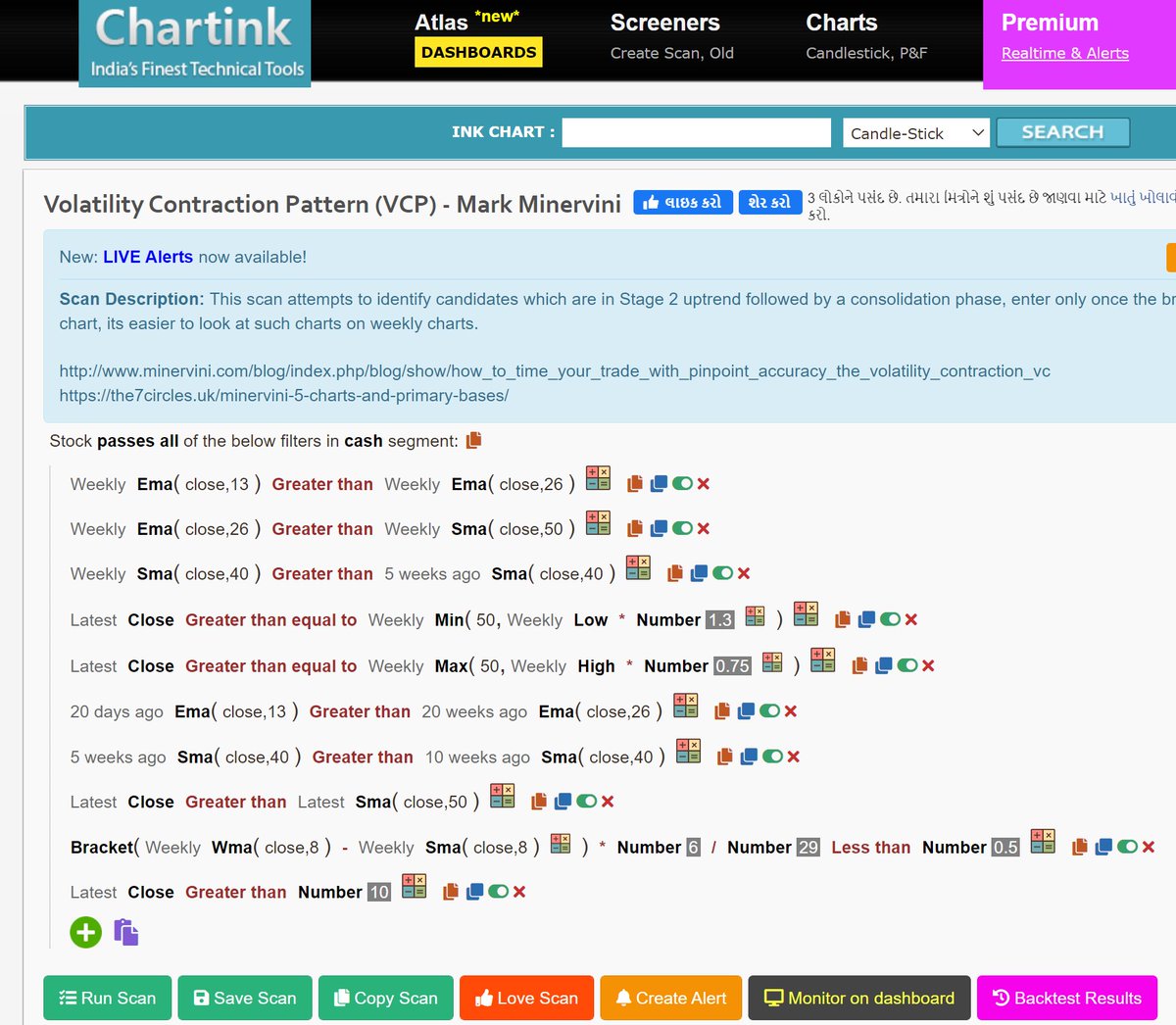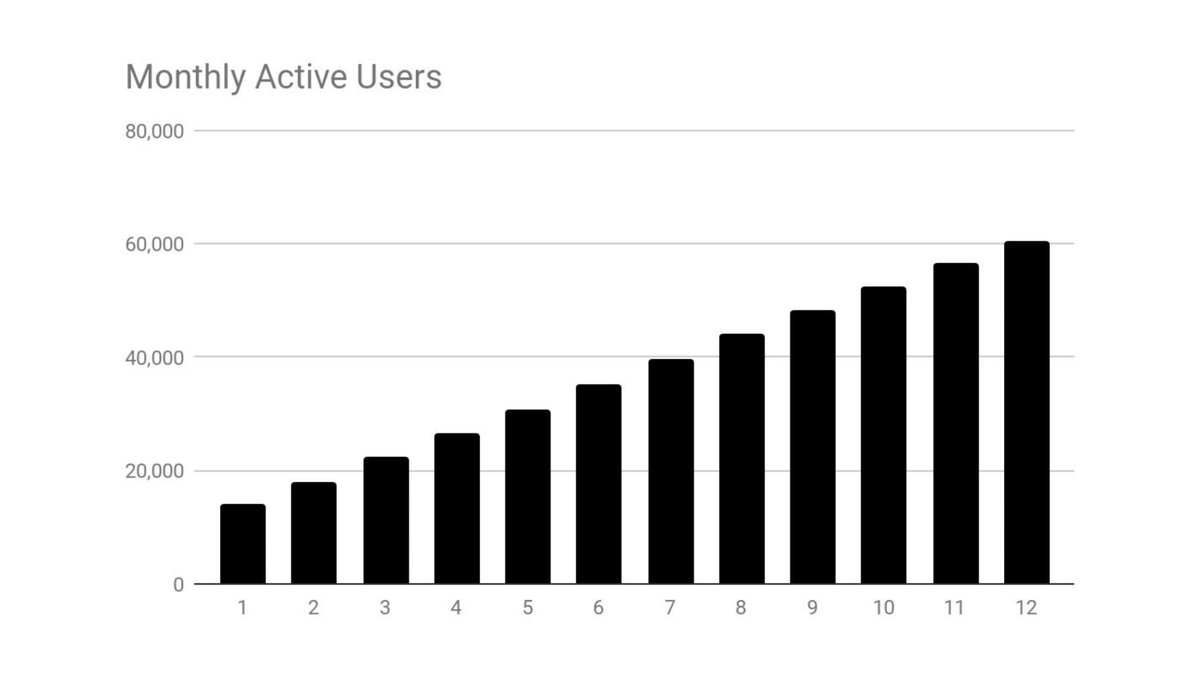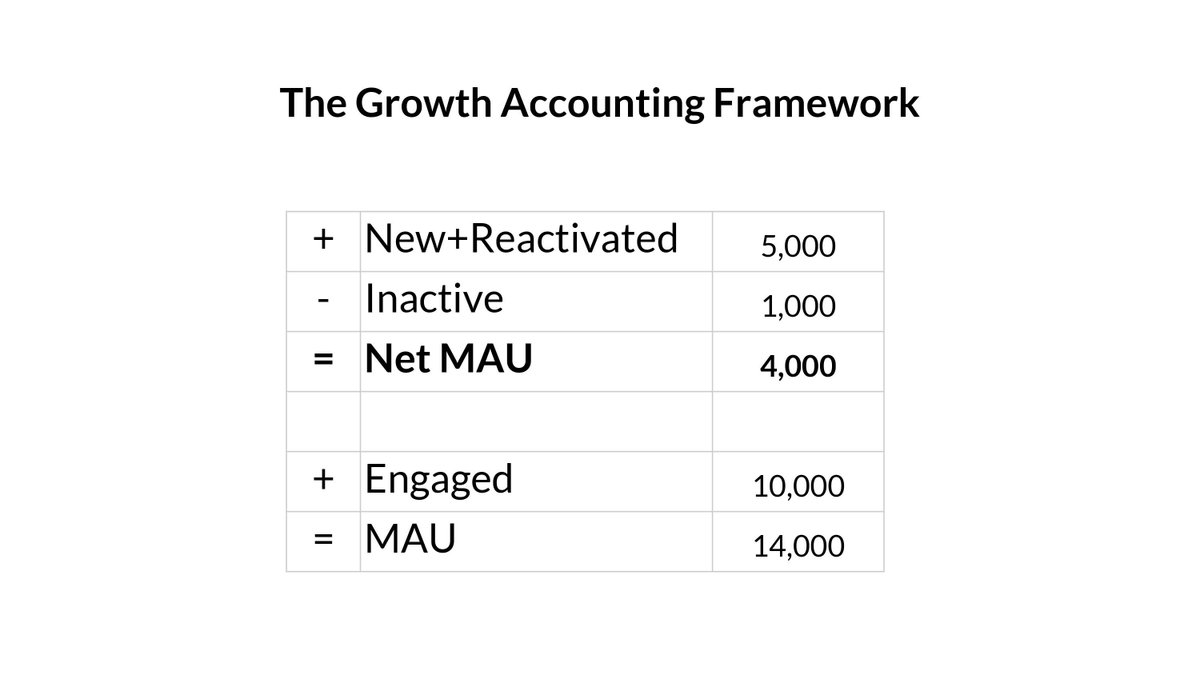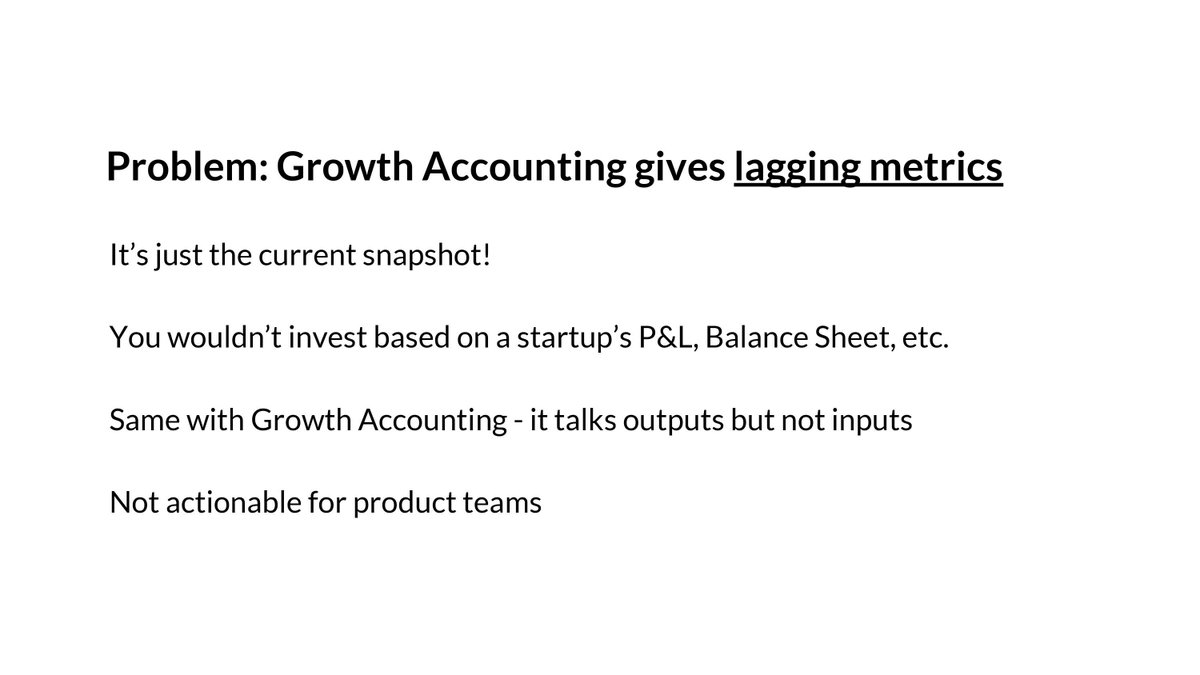Paul Beckwith, a climate system scientist in Ottawa: "(Arctic warming) could cause the polar jet stream to slow down and meander, so that it carries more warmer air toward the pole and frigid air further south"
Scientists say global warming – specifically the rapid warming of the Arctic – is a possible, if not likely, culprit in the extreme weather.
Freak cold in Texas has scientists discussing whether climate change is to
The freak cold spell that has killed at least 21 Americans and shut down power for days in Texas has revived scientific discussion over whether climate change could be delivering this week's chill.\u200b https://t.co/9iiVc0YKMm
— Reuters Science News (@ReutersScience) February 17, 2021
Paul Beckwith, a climate system scientist in Ottawa: "(Arctic warming) could cause the polar jet stream to slow down and meander, so that it carries more warmer air toward the pole and frigid air further south"
“I think it’s a rock-solid case,” But “it might take a bit of time for the science to catch up and find all the details” to prove it. 🧐
The theory “remains speculative, and it is the reporting of it as fact that is not justified,” climate scientist Geoffrey Vallis at the Univ of Exeter tweeted on Tuesday. “It may be true, but perhaps more likely not.”
“It’s been unusual for a few weeks now – very, very crazy,” Francis said. “Totally topsy-turvy.”
https://t.co/Ls9wpDa98P
Warming in the Arctic, with shrinking sea ice, is goosing the atmospheric wave in two places, giving it more energy when it strikes the polar vortex, making it more likely to disrupt the vortex, Cohen said.
From USA Today:
Some scientists – but not all – say there could be a connection between global warming and the wandering polar vortex: The theory is that when weird warmth invades the Arctic, some of the cold that's supposed to stay up there.
The wintry weather that has battered the southern US and parts of Europe could be a counterintuitive effect of the climate crisis
https://t.co/31XcOdZJzn
“We still have a lot to learn on this,” said Francis. “I think this year will be studied for a long time.”
The polar vortex, a weather pattern that originates in the Arctic, is increasingly descending to lower latitudes. Scientists say global warming caused by humans is partly responsible for shifts that bring glacial weather to more southern climes and keep it around longer.
Conditions became dire over the weekend in Texas, where an unprecedented wave of winter weather has crashed upon the typically warm state.
https://t.co/vvXYLvDq0m
"It's hard to blame Texas for these outcomes. The state never assumed that it would experience such a widespread, ongoing cold spell, and its infrastructure simply was not built to withstand these types of temperatures."
But the sad fact is these weather events are becoming more and more common, and climate change is to thank.
Failure to act could result in Texas becoming a “snownado alley” — and that is a fate that the state’s infrastructure is not prepared to survive.
"Texas crisis is a wake-up call that exposes how the U.S. electric infrastructure may not be fully prepared to absorb steep climate-related spikes in demand for power."
https://t.co/WXFuP6ggom
"We are in a nonstationary world. Climate change means that it is not stationary," Craig said. "The last 40 years might not be reflective of what's coming down the pike the next 40 years."
Systems are designed to handle spikes in demand, but the wild and unpredictable weather linked to global warming will very likely push grids beyond their limits.
https://t.co/ZNATcRlSCn
"But as climate change accelerates, many electric grids will face extreme weather events that go far beyond the historical conditions those systems were designed for, putting them at risk of catastrophic failure."
Dr. Amy Butler, a research scientist at the NOAA Chemical Sciences Laboratory, has said that she has yet to find any long-term trend in polar vortex disruptions, which “occur naturally even in the absence of climate change.”
The sub-zero temperatures causing blackouts across the southern U.S. are connected to climate change.
https://t.co/eJwhkeWKGX
As the planet warms and this contrast diminishes, the jet stream weakens and can no longer push large weather patterns out of the way. This is what caused wildfires above the Arctic Circle, droughts throughout the world, and record-setting heat waves from Moscow to the U.S.
While these events happen about six times per decade, according to the National Oceanic and Atmospheric Administration, Cohen maintains that climate change has increased the frequency with which the polar vortex weakens and allow the cold to air to run amok.
A winter storm caused Texas's power outage. Climate change likely caused the storm.
As the planet's climate changes, the only constant is unpredictability.
https://t.co/jHvdFqI3qu
"The bad news is that the jet stream has been getting weaker over the last few years as the areas on both sides of it have gotten warmer." 👀
https://t.co/HGtY1vLUYJ
"There are waves in the jet stream and because of climate change and the warmer air in the Arctic and the largely ice-free Arctic sea, those waves are able to go far south"
Extreme winter storms aren’t inconsistent with global warming and will continue for decades, expert says.
https://t.co/FOtBJdN3PS














